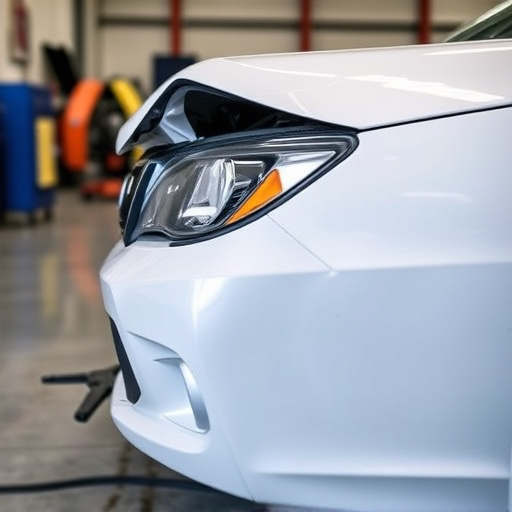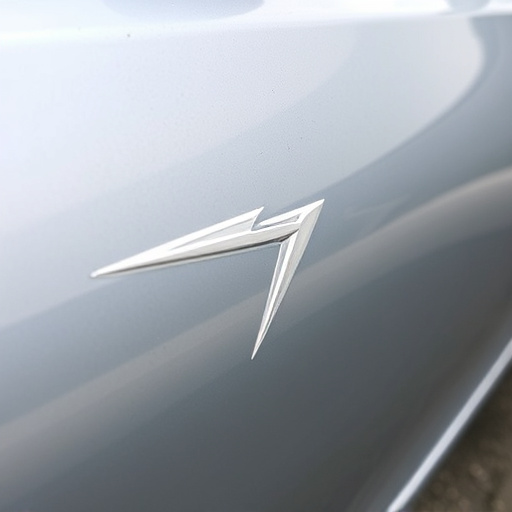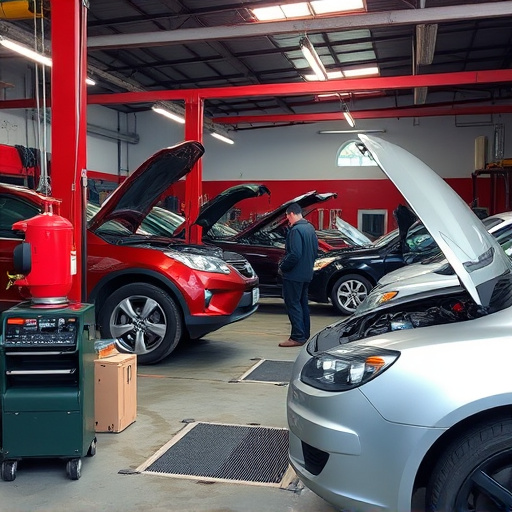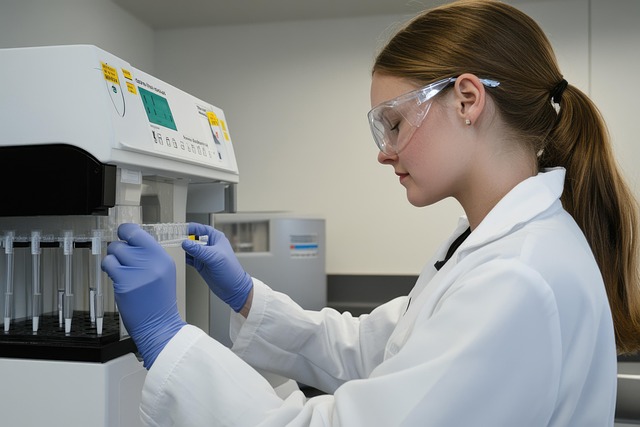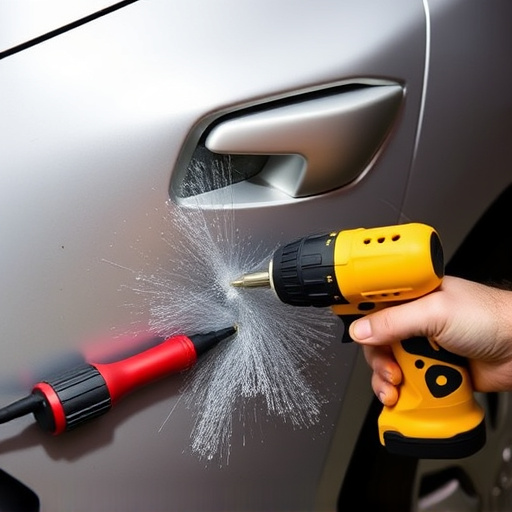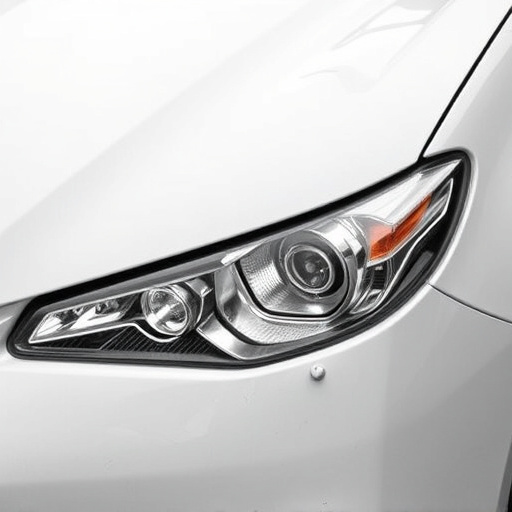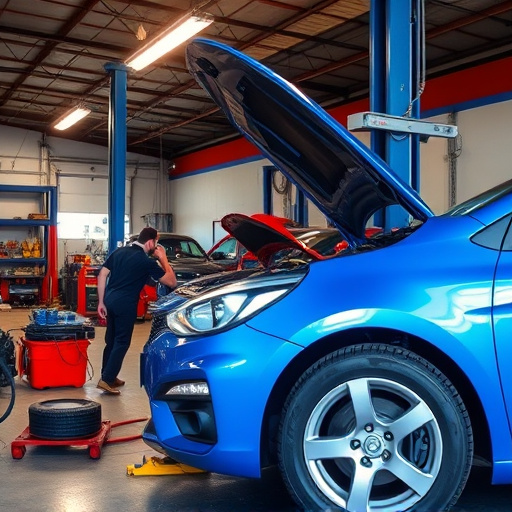Using non-OEM parts for Tesla repairs can impact vehicle resale value due to quality discrepancies. To navigate a Tesla diminished value claim, owners should document repair details, contact insurance/warranty, and consider professional appraisals for fair compensation.
Tesla owners often face a dilemma when considering non-OEM part replacements: could it impact their vehicle’s value? This article delves into the complex world of Tesla diminished value claims. We explore the rights of owners when using alternative parts and guide you through the claim process. Understanding these factors is crucial for navigating the potential pitfalls and ensuring fair compensation for your Tesla. Learn how to protect your investment while making informed decisions about vehicle repairs.
- Understanding Tesla Diminished Value Claims
- Non-OEM Parts: Potential Pitfalls and Rights
- Navigating the Claim Process for Owners
Understanding Tesla Diminished Value Claims
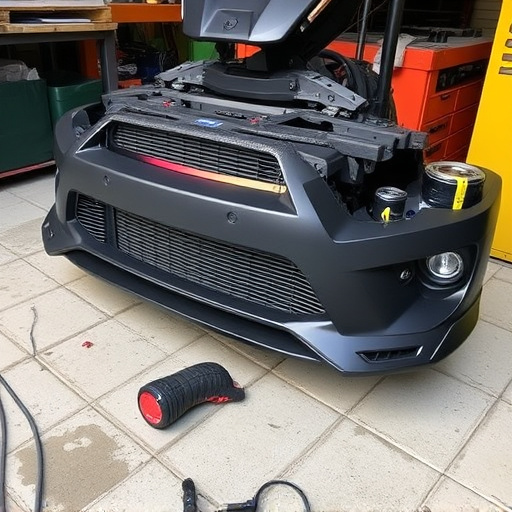
Tesla diminished value claims are a critical aspect of vehicle ownership, especially for those who have experienced non-OEM part replacements. When your car is involved in an auto collision or requires repairs, using genuine Tesla parts or trusted alternatives can impact its resale value. This concept refers to the potential loss in value that occurs when original equipment manufacturer (OEM) parts are not utilized during repair or replacement processes.
In the event of a car accident at an auto collision center, owners might opt for cost-effective solutions, such as acquiring non-OEM parts from vehicle body shops. While these alternatives can save money, they may not always match the quality and performance of Tesla’s original components. As a result, the vehicle’s overall condition and perceived value could be affected. Understanding diminished value claims is crucial for Tesla owners to protect their investments and ensure they receive fair compensation in case of repairs or replacements.
Non-OEM Parts: Potential Pitfalls and Rights
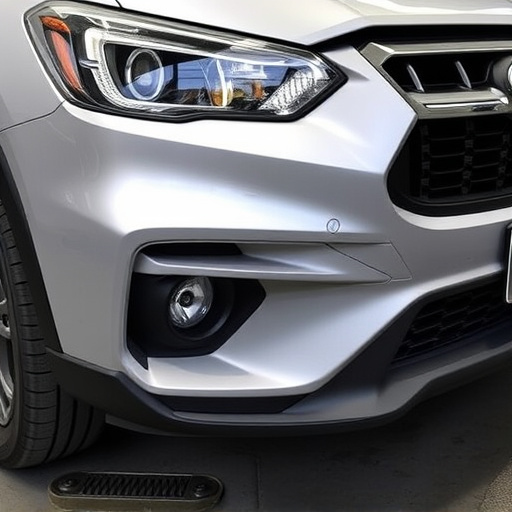
Using non-OEM (Original Equipment Manufacturer) parts for vehicle repairs can sometimes lead to unexpected issues for Tesla owners when it comes to a diminished value claim. While these aftermarket parts may be more affordable, they might not always meet the same quality and performance standards as OEM parts. This could potentially impact the overall value of your vehicle if future repairs or resales are considered.
Tesla owners have rights, even when opting for non-OEM parts. Reputable auto repair shops should disclose any differences in part quality and warranty coverage. In the event of collision damage repair or other significant vehicle repairs, choosing genuine OEM parts could be crucial to preserving your Tesla’s value. Keeping detailed records of all repairs and ensuring transparent communication with service providers is essential when navigating a potential Tesla diminished value claim.
Navigating the Claim Process for Owners

Navigating the claim process for Tesla owners who wish to file a Tesla diminished value claim for non-OEM part replacements can seem daunting. However, understanding the steps involved can make this task much less overwhelming. The first step is to gather all necessary documentation, including receipts for the original parts and labor, as well as any evidence of the replacement parts’ performance and compatibility. It’s crucial to keep detailed records throughout the process.
Next, owners should contact their insurance provider or the Tesla warranty department to initiate the claim. They’ll need to explain the situation, providing details about the collision damage repair or auto body services that led to the non-OEM part replacement. In some cases, especially for Mercedes Benz repair enthusiasts who may be replacing parts on a Tesla with those from other high-end brands, it’s helpful to have a professional appraiser assess the diminished value of the vehicle post-replacement. This can strengthen the claim and ensure owners receive fair compensation for their vehicle’s reduced resale value.
While non-OEM part replacements may offer cost savings, they can impact a Tesla owner’s diminished value claim. Understanding both the potential benefits and drawbacks is crucial when navigating Tesla’s claim process. By being aware of their rights and the specific considerations for non-OEM parts, owners can make informed decisions to protect their vehicle’s value should they ever need to file a diminished value claim.
